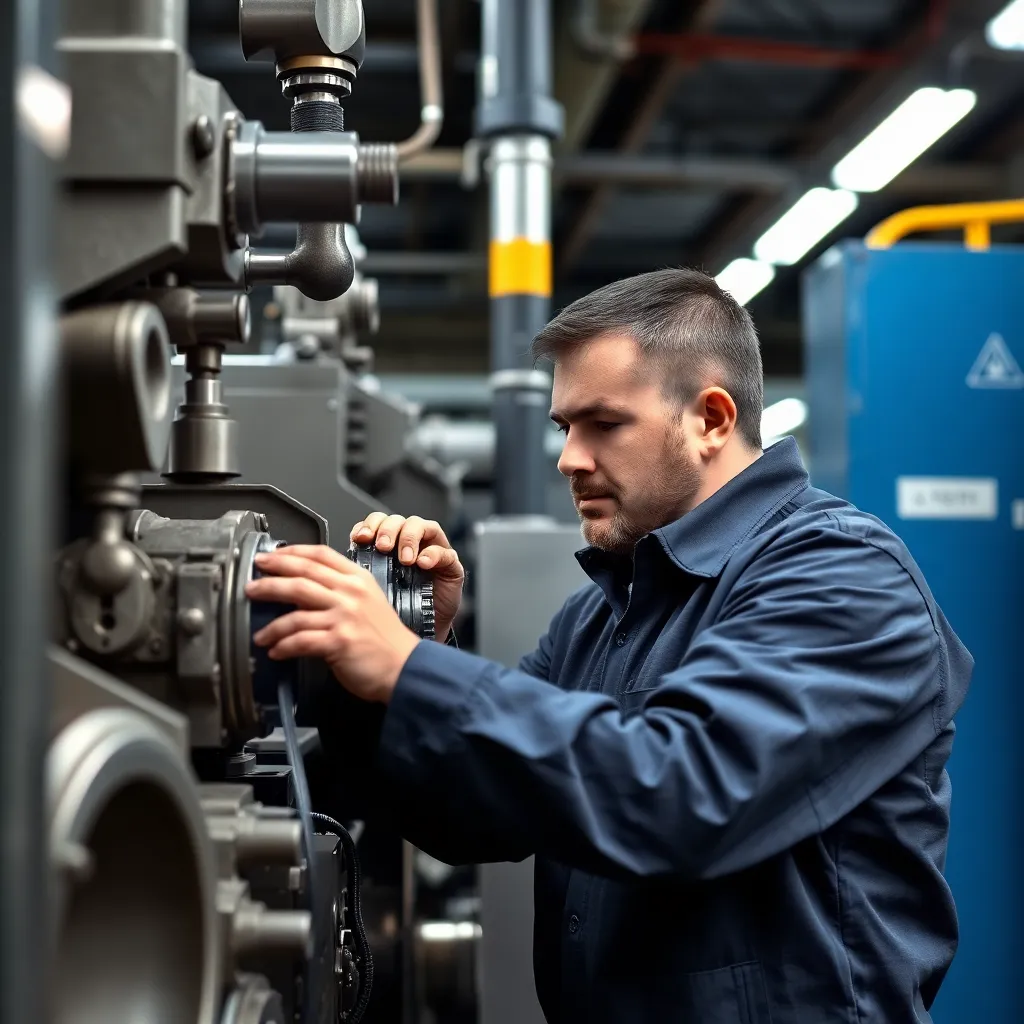Rebuild
Rebuilding involves disassembling, inspecting, cleaning, repairing, or replacing worn or damaged components, and reassembling equipment to restore it to a specified condition. Rebuilds are often undertaken to extend the life of equipment, improve its performance, or update it with newer technologies. Rebuilding can be a cost-effective alternative to purchasing new equipment, provided that the core structure remains sound.

Key Takeaways
- Rebuilding is essential for restoring machinery to optimal performance.
- Predictive maintenance helps schedule rebuilds proactively.
- Condition monitoring aids in recognizing the right time for a rebuild.
- Preventative maintenance can extend intervals between necessary rebuilds.
- Misconceptions exist about rebuilding only being for older equipment; even new machinery can require rebuilds.
Rebuild refers to the comprehensive process of restoring equipment or machinery to its original operating condition. This may involve disassembling parts, repairing or replacing components, and reassembling the system to ensure optimal performance. Rebuilding is a critical aspect of the maintenance industry, as it not only extends the lifespan of equipment but also helps prevent costly downtimes associated with complete replacements. A well-executed rebuild can significantly enhance the reliability and functionality of machinery, making it a vital practice for maintenance professionals.
Incorporating predictive maintenance into the rebuild process can greatly enhance its effectiveness. Predictive maintenance utilizes data-driven insights to forecast when equipment is likely to fail, allowing technicians to rebuild machinery before critical failures occur. This proactive approach reduces unexpected breakdowns, ensuring that equipment remains operational and efficient. Similarly, condition monitoring plays a crucial role in the rebuild strategy by continuously assessing the state of machinery, thus helping maintenance teams to identify when a rebuild is necessary. Meanwhile, preventative maintenance can also complement rebuilding efforts by addressing potential issues before they escalate, ensuring that equipment remains in top condition for extended periods.
Common misconceptions about rebuilding include the belief that it is only necessary for older machinery. In reality, even newer equipment can benefit from rebuild processes, especially if they are subjected to harsh operating conditions. For example, industrial machines that undergo frequent stress may require rebuilds sooner than anticipated, regardless of their age. Best practices for successful rebuilding include thorough inspections, utilizing high-quality replacement parts, and ensuring that skilled technicians carry out the work. By integrating the rebuild process with other maintenance strategies, businesses can achieve a more comprehensive approach to equipment care.





